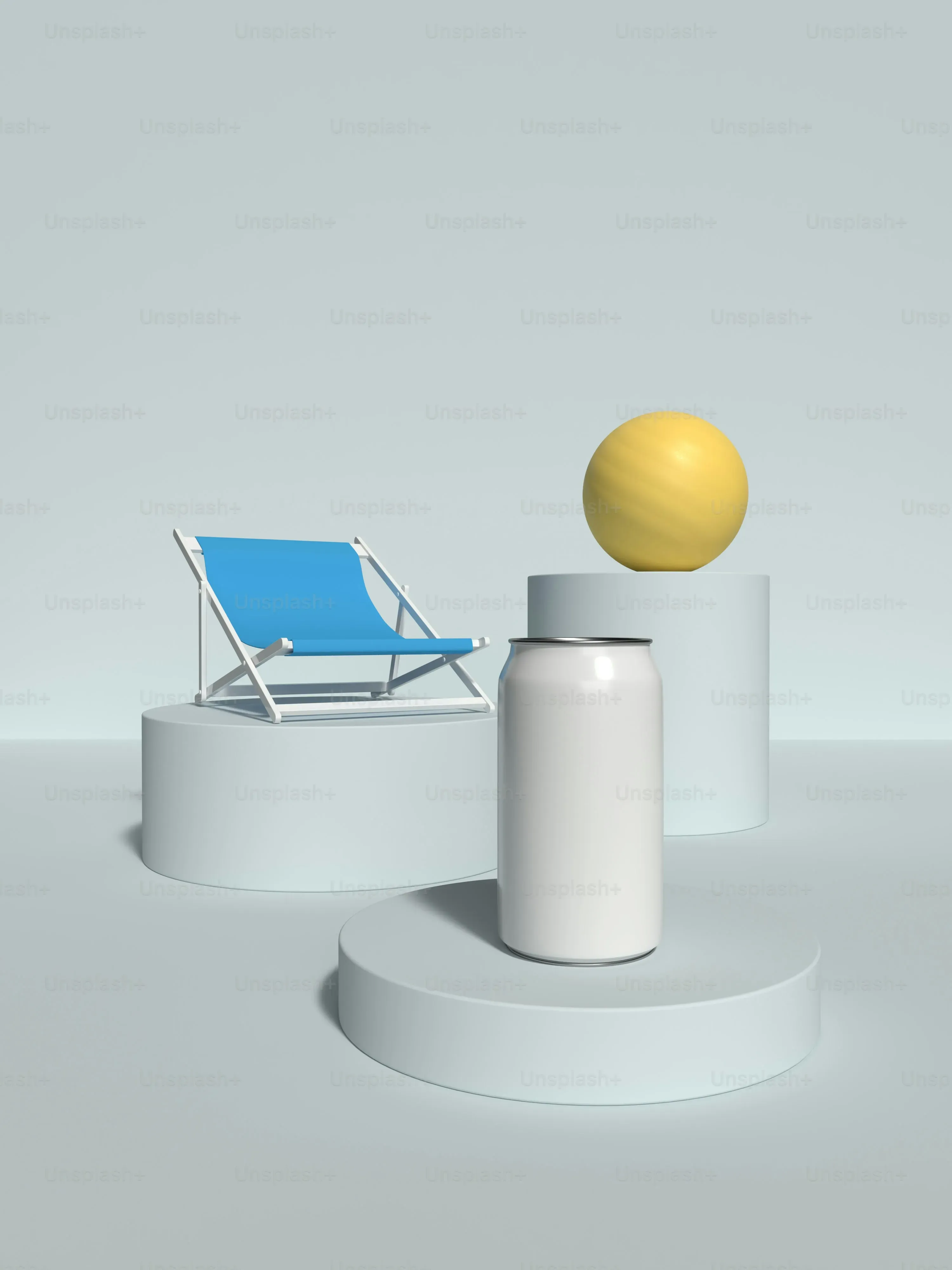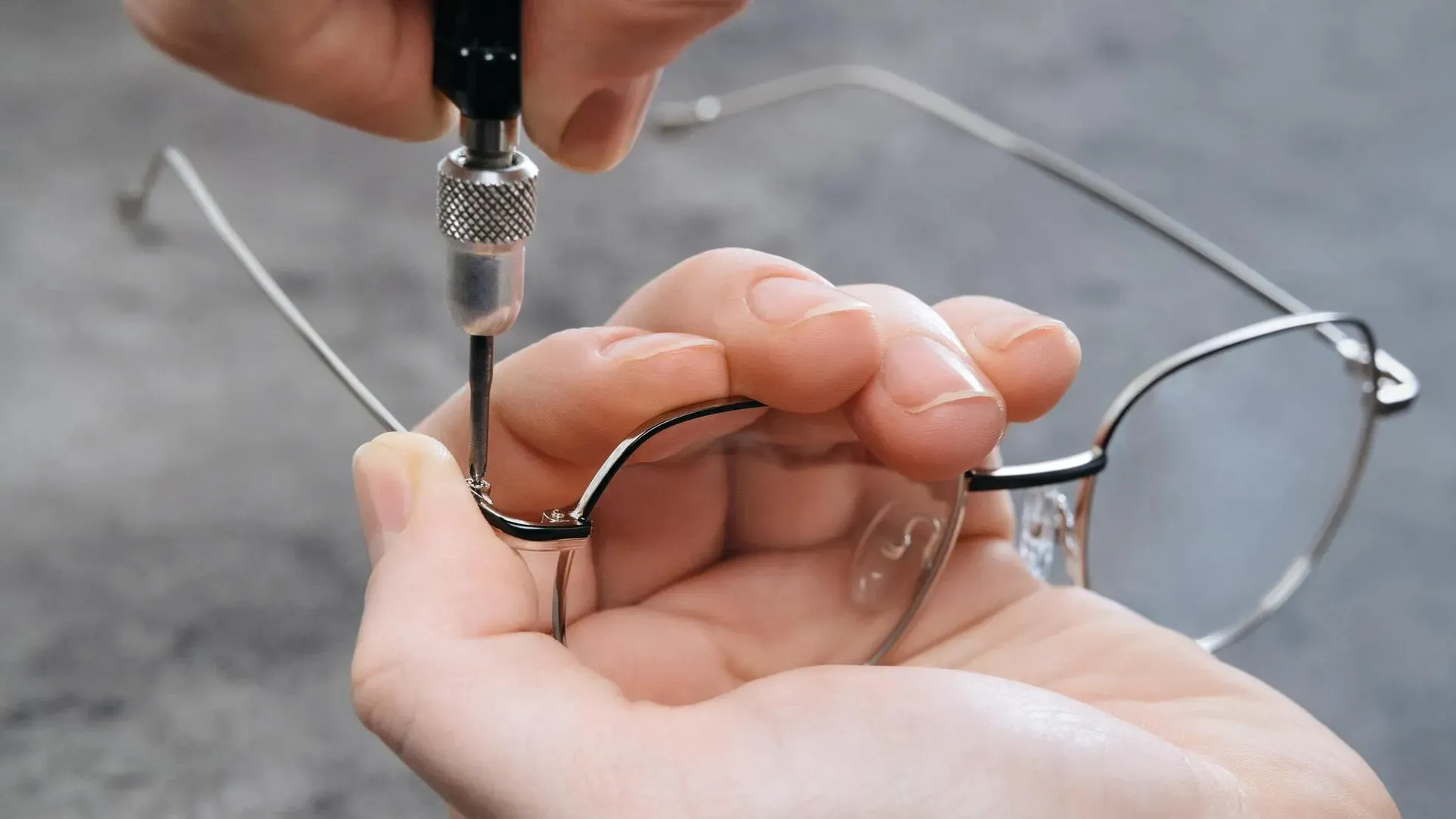Table of Contents
You know the feeling. Your sunglasses slide down your nose the second you look down, pinch behind your ears like a vise, or sit crooked on your face making you feel perpetually off-kilter. It's more than just annoying; poorly fitting sunglasses can actually mess with your vision and leave marks on your skin. You bought them to look good and protect your eyes, not fight with them all day.
Why Your Sunglasses Feel Off: Common Fit Issues
Why Your Sunglasses Feel Off: Common Fit Issues
The Dreaded Nose Slide
Let's be honest, the most common complaint about ill-fitting sunglasses? They just won't stay put. You tilt your head down to tie a shoe or peek at your phone, and bam! They're halfway down your nose. This isn't just annoying; it means the lenses aren't sitting in the right spot relative to your eyes, which can mess with the optics and defeat the purpose of wearing them for vision correction or specific lens technology.
Why does this happen? Often, it's about the bridge of the glasses not matching the bridge of your nose. It could be too wide, too narrow, or the wrong shape entirely. Sometimes, the temples (the arms that go over your ears) are too loose, not providing enough gentle pressure to keep the frames anchored. Sweat and skin oils don't help either, turning your nose into a slippery slope for your shades.
Pressure Points and Pinches
Another classic sign of a poor fit is discomfort. Maybe they pinch behind your ears, leaving red marks or even a headache by the end of the day. Or perhaps the nose pads dig into your skin, leaving those tell-tale indentations. This isn't just uncomfortable; it indicates the weight of the glasses isn't being distributed correctly.
Pinching behind the ears usually means the temples are either too tight or they have the wrong curve for the shape of your head and the placement of your ears. Nose pad issues can stem from pads that are too small, too hard, positioned incorrectly, or simply not adjusted to sit flush and distribute pressure evenly across the sides of your nose.
- Sunglasses sliding down your nose.
- Frames sitting too high or too low.
- Pinching behind the ears.
- Nose pads digging into your skin.
- Frames sitting crookedly on your face.
Sitting Crooked or Tilted
Ever look in the mirror and notice one lens is higher than the other? Or maybe the whole frame tilts to one side? A crooked fit isn't just a cosmetic issue; it can seriously impact how you see through the lenses. Lenses are designed to be viewed from a specific angle, and if the frame is tilted, you're not getting the full benefit, especially with prescription or polarized lenses.
This often points to an issue with the temples. One temple might be bent incorrectly, or the hinge connecting the temple to the frame could be out of alignment. Sometimes, it's related to how the glasses sit on your ears – one ear might be slightly higher than the other, and the glasses haven't been adjusted to accommodate this natural asymmetry. It's like trying to hang a picture frame when the nail is crooked; the picture won't hang straight.
Basic DIY Sunglass Adjustment: Fixing Loose or Tight Fits
Warming Up Plastic Frames for Adjustment
so your plastic frames are either pinching your head like a vice or sliding down your nose like they're on a greased slide. Before you go bending anything, especially plastic, you need to warm it up. Think of it like stretching before a workout – you don't want to snap anything cold. The safest way to do this at home is with warm water.
Get a bowl of warm, not boiling, water. We're talking comfortably warm to the touch, like a hot bath, not scalding tea. Submerge just the part of the frame you want to adjust – usually the temples or the bridge area – for about 30-60 seconds. This makes the plastic pliable. Gently dry it off, and then you have a short window to make your adjustment. Don't force it. If it cools down and stiffens before you're done, just warm it up again.
Adjusting Metal Frames: A Gentle Touch
Metal frames are a bit different. You don't typically need heat to bend them, but you absolutely need a gentle touch and the right tools. Pliers are your friend here, but not just any pliers. You want pliers with soft jaw covers or you need to wrap the jaws in a soft cloth or electrical tape. This prevents scratching or damaging the finish on your frames.
For loosening temples that are too tight, you can gently bend the temple arm slightly outward at the hinge or just past it. If they're too loose and falling off, bend them gently inward. For nose pads on metal frames, these are usually adjustable. You can use your thumbs or covered pliers to gently push them closer together to narrow the fit on your nose bridge, or further apart to widen it. Make small adjustments and try them on frequently.
- Use warm water for plastic frames.
- Submerge only the part you need to bend.
- Work quickly while the plastic is warm.
- Use covered pliers for metal frames.
- Bend metal temples gently inward or outward.
- Adjust metal nose pads with covered pliers or thumbs.
Tweaking Temples for a Secure Fit
The temples, those arms that go over your ears, are crucial for how securely your sunglasses sit. If they're too straight, the glasses will slide forward. If they're curved too much or too soon, they'll pinch behind your ears. The goal is a gentle curve that follows the contour of your head and ear.
For plastic frames, after warming them up, you can gently bend the end of the temple downward to create more curve behind the ear, or straighten it slightly if it's pinching. For metal frames, use your covered pliers to carefully bend the temple arm at the point where it goes behind your ear. You want it to follow the shape of your head without digging in. Remember, small bends make a big difference. Adjust a little, try them on, and adjust again until they feel just right. It's a bit of a dance, but worth it for comfortable, stay-put shades.
Tackling Tricky Sunglass Adjustment Problems
Frames Sitting Unevenly
so you've handled the basic sunglass adjustment – the slipping and the pinching. But what about when the frames just look... off? Like one lens is higher than the other, or the whole thing tilts to one side? This is where it gets a little trickier, and often points to an issue with the frame itself being twisted or the hinges being out of whack.
If the frames are sitting crooked, the first thing to check is the temples. Lay your sunglasses upside down on a flat surface. Do both temple tips touch the surface at the same time? If one is lifted, that's your culprit. You'll need to gently bend the higher temple down or the lower one up to get them sitting level. For plastic, warm it first. For metal, use those covered pliers. Sometimes, though, the twist is in the frame front itself, which is a tougher fix without specialized tools.
Problem | Possible Cause | DIY Approach |
|---|---|---|
Frames sit crooked | Uneven temples or twisted frame front | Level temples on a flat surface (warm plastic, bend metal with pliers) |
One lens feels closer to eye | Bridge or nose pad issue | Adjust nose pads (if applicable) or bridge angle |
Glasses slide even with tight temples | Bridge doesn't fit nose shape | Professional adjustment needed for bridge reshaping |
Addressing Nose Pad Problems
Nose pads seem simple, but they're critical for comfort and fit. If they're digging in, leaving red marks, or if the glasses are sliding because the pads aren't sitting right on your nose, you need to address them. On metal frames, the pads are usually on adjustable arms. You can gently push them closer together to narrow the fit or further apart to widen it using your thumbs or covered pliers. Remember to adjust both pads equally.
Plastic frames often have molded nose pads, which aren't easily adjustable at home. If these are uncomfortable or causing the glasses to slide, you might be out of luck with DIY methods. Sometimes, adding stick-on silicone nose pads can help, but it's often a sign the frame shape just isn't a good match for your nose bridge. It’s like trying to fit a square peg in a round hole, sometimes it just doesn’t work without a bit more intervention.
- Check temple alignment on a flat surface.
- Gently bend temples to correct crookedness.
- Adjust nose pad arms on metal frames.
- Consider stick-on pads for plastic frames with molded pads.
- Recognize when the frame itself is the issue.
When Your Sunglass Adjustment Needs a Pro
When Your Sunglass Adjustment Needs a Pro
When DIY Attempts Go Wrong (or Feel Too Risky)
Look, we've all been there. You watched a quick video, felt confident, and then suddenly that gentle bend turned into a horrifying snap. Or maybe you just look at your expensive frames and think, "Yeah, I'm not touching that with pliers." That's completely reasonable. There are times when attempting a sunglass adjustment yourself is either likely to end in tears or the frames are simply too delicate or complex for home tools.
High-end designer frames, vintage pieces, or those made from unusual materials often require specific knowledge and tools. Trying to force a bend on a material you don't understand can easily ruin the frame. If your gut says "stop," listen to it. A small fee for a professional adjustment is far better than a trip to the trash can for your favorite shades.
Complex Issues Requiring Professional Expertise
Sometimes the problem isn't just a loose screw or a slightly bent temple. You might have a twisted frame front that DIY heat or pliers can't fix without distorting the lenses or weakening the material. Maybe the hinges are seized up, loose in a way you can't tighten, or even broken. These aren't quick fixes; they require dismantling, specialized tools, and often replacement parts that aren't available to the average person.
Issues with the bridge fit on plastic frames that have molded nose pads are another common one professionals handle. They might be able to heat and reshape the bridge area or even add adjustable nose pads where none existed before. This kind of work is detailed and needs precision to ensure the structural integrity of the frame isn't compromised and that the lenses remain properly aligned.
Problem | Why a Pro is Needed | Risk of DIY |
|---|---|---|
Broken hinge | Requires specialized tools/parts for repair or replacement | Further damage, irreparable frame |
Twisted frame front | Needs controlled heat and precise bending to correct alignment | Frame distortion, lens damage |
Molded plastic bridge doesn't fit | May require reshaping or adding adjustable pads | Melting plastic, weakening frame |
Stripped screw hole | Needs re-tapping or hinge replacement | Cannot tighten screws, frame falls apart |
Finding a Skilled Professional for Sunglass Adjustment
So, you've decided the DIY route isn't for you, or you've hit a wall with home adjustments. It's time to find a pro. The best place to start is usually an optical shop or optometrist's office. They have the experience, the tools, and they work with glasses all day, every day. They understand frame materials and optics.
Don't hesitate to call ahead and ask if they offer sunglass adjustment services and if they work on the specific brand or type of frame you have. Some high-end boutiques specialize in certain brands and might be better equipped. A good optician can assess the frame's material and construction, identify the root cause of the fit issue, and make precise adjustments without damaging your expensive eyewear. It's a small investment to get that perfect fit and protect your shades.
Maintaining the Perfect Sunglass Fit
Maintaining the Perfect Sunglass Fit
Keep 'Em Clean and Handle With Care
Alright, you've got your sunglasses sitting just right after some expert (or maybe slightly panicked) sunglass adjustment. Now, how do you keep them that way? It starts with basic hygiene and handling. Resist the urge to shove them onto the top of your head like a headband. That stretches the frame and loosens the temples faster than you can say "polarized."
Always use both hands to take your sunglasses on and off. Grabbing one temple and yanking them off is a surefire way to twist the frame and stress the hinges. Clean your lenses regularly with a proper lens cleaner and a microfiber cloth. That greasy buildup isn't just annoying; it can require more frequent frame cleaning, and rough handling during cleaning can subtly bend things out of shape over time.
Store Them Right and Check-Up Often
Where do your sunglasses live when they're not on your face? Leaving them rattling around in your bag or on the car dashboard is asking for trouble. Get a case, and use it religiously. A hard case is best for preventing bending and crushing. Extreme heat, like leaving them on a dashboard on a hot day, can warp plastic frames and even damage lens coatings.
Make a habit of giving your sunglasses a quick check every now and then. Look at the screws – are they tight? Are the temples still aligned when you lay them upside down? Feel for any new looseness or stiffness in the hinges. Catching a small issue early means a simple sunglass adjustment now prevents a bigger problem later. Finding quality cases and cleaning supplies is easy, you can often find good options at places like sunglasshub.org.
- Use both hands to put on and take off glasses.
- Avoid wearing them on your head.
- Clean lenses with proper cleaner and cloth.
- Store sunglasses in a protective case when not in use.
- Avoid exposing frames to extreme heat.
- Regularly check screws and frame alignment.
Making Your Sunglasses Work For You
Getting your sunglasses to fit just right isn't about vanity; it's about comfort and function. We've covered the common culprits behind a poor fit and outlined steps for some basic sunglass adjustment you can try yourself. Remember, a little heat and gentle pressure go a long way with plastic frames, while metal ones require careful bending. There are limits to DIY, though. Sometimes, a twisted frame or a persistent pressure point means it's time to seek out a professional who has the right tools and expertise. Don't settle for shades that constantly annoy you. A proper fit makes a real difference in how often you wear them and how well they do their job.
